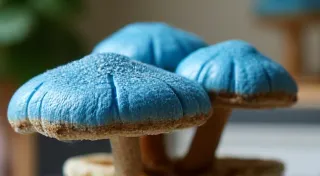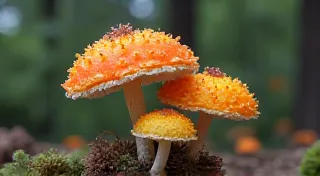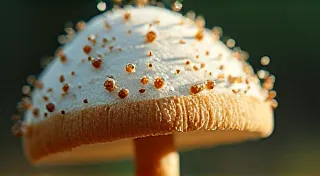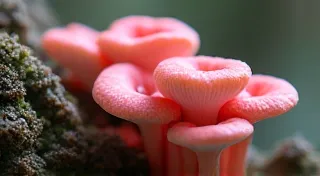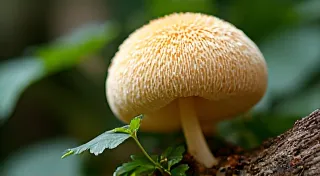Oyster Mushroom Varieties Beyond the Basics: Cultivating Blue, Pink, and Yellow
Most home mushroom growers start with the classic white oyster mushroom – and for good reason! They’re relatively easy to cultivate and incredibly rewarding. However, the world of oyster mushrooms extends far beyond the basic white variety. If you've mastered the basics, or are looking for a more challenging and visually stunning project, exploring Blue, Pink, and Yellow oyster mushrooms is an excellent next step. This article details the specific requirements for successfully growing these exotic varieties at home. Before venturing into these more specialized varieties, many find it helpful to solidify their foundational knowledge of oyster mushroom cultivation, ensuring a smoother learning curve.
Understanding the Differences: A Deeper Dive into Color & Flavor
The color variations in oyster mushrooms aren't just for show. They’re often linked to subtle flavor differences and require slightly altered cultivation techniques. While all oyster mushrooms are delicious, these unique varieties offer nuances that elevate the gourmet experience. Understanding the nuances of substrate preparation and sterile techniques is crucial for all mushroom cultivation, but particularly vital when working with these more delicate varieties. Many growers begin their journey with simpler options, like DIY mushroom grow kits, to gain experience before tackling more complex projects.
Blue Oyster Mushrooms (Pleurotus ostreatus var. australis)
Blue oysters are arguably the most sought-after of the color variations. They offer a slightly more intense, almost fruity flavor and a delicate aroma. Cultivating them presents a bit more of a challenge, as they are often more susceptible to contamination and prefer cooler temperatures than their white counterparts. The sensitivity to contamination highlights the need for meticulous sterile techniques, a lesson that can be learned with more straightforward varieties first.
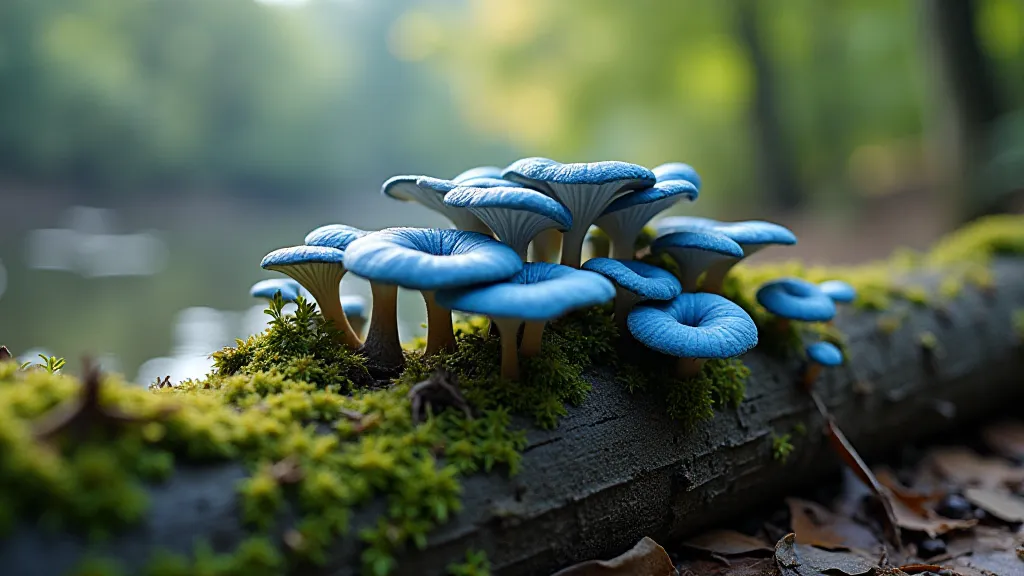
Blue Oyster Mushroom Cultivation Tips:
- Temperature: Aim for 10-18°C (50-64°F). They can tolerate lower temperatures than other oyster varieties.
- Substrate: Hardwood sawdust, straw, or supplemented sawdust mixes are ideal. A slightly richer substrate can help compensate for their slower growth.
- Humidity: High humidity is crucial, especially during pinning (the formation of baby mushrooms).
- Contamination Prevention: Strictly follow sterile techniques when preparing and inoculating your substrate.
Pink Oyster Mushrooms (Pleurotus djamor)
Pink oyster mushrooms are known for their beautiful, soft pink hue and their remarkably meaty texture. They possess a robust, slightly sweet flavor that stands out from other oyster varieties. These are often considered a bit easier to cultivate than blue oysters, though still requiring attention to detail. The distinct flavor profile of Pink Oyster mushrooms makes them a favorite among chefs and adventurous eaters, a testament to the rewards of expanding beyond the standard white variety.
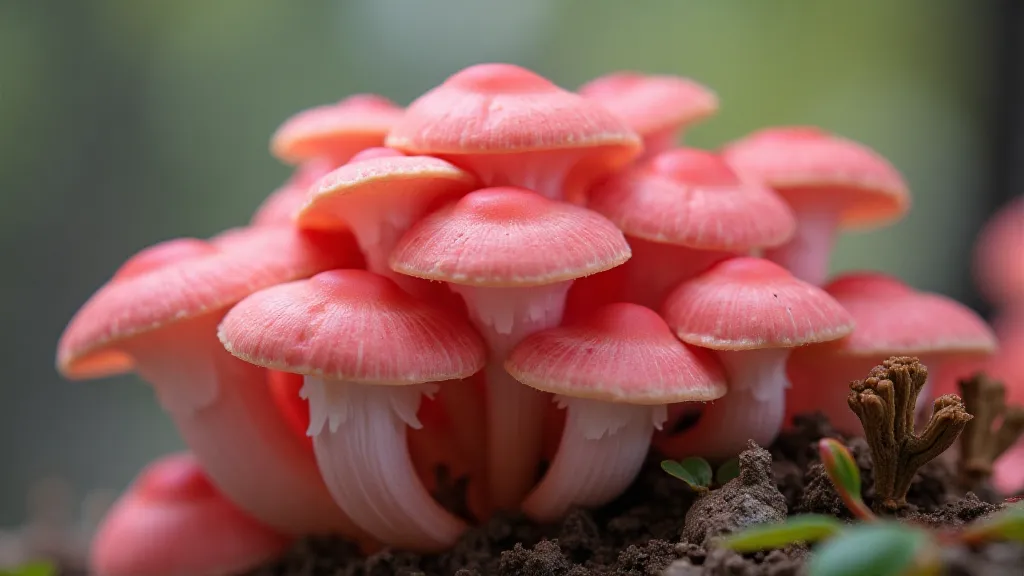
Pink Oyster Mushroom Cultivation Tips:
- Temperature: 21-29°C (70-84°F). A warmer environment encourages healthy growth.
- Substrate: Straw, coffee grounds, or supplemented sawdust mixes work well.
- Humidity: Maintain high humidity levels.
- Airflow: Pink oysters benefit from good airflow, which helps prevent leggy growth.
Yellow Oyster Mushrooms (Pleurotus citrinopileatus)
Yellow oyster mushrooms are a relatively newer addition to the home cultivation scene, prized for their bright yellow color and a delicate, almost buttery flavor. They can be a bit more finicky than other oyster varieties and require careful attention to detail. The popularity of mushrooms like Lion's Mane underscores the growing interest in less common and highly nutritious varieties; Yellow Oysters follow a similar trajectory of rising popularity. Understanding the nuances of substrate preparation, as demonstrated with varieties like Maitake mushroom cultivation, is extremely helpful for these more delicate varieties.
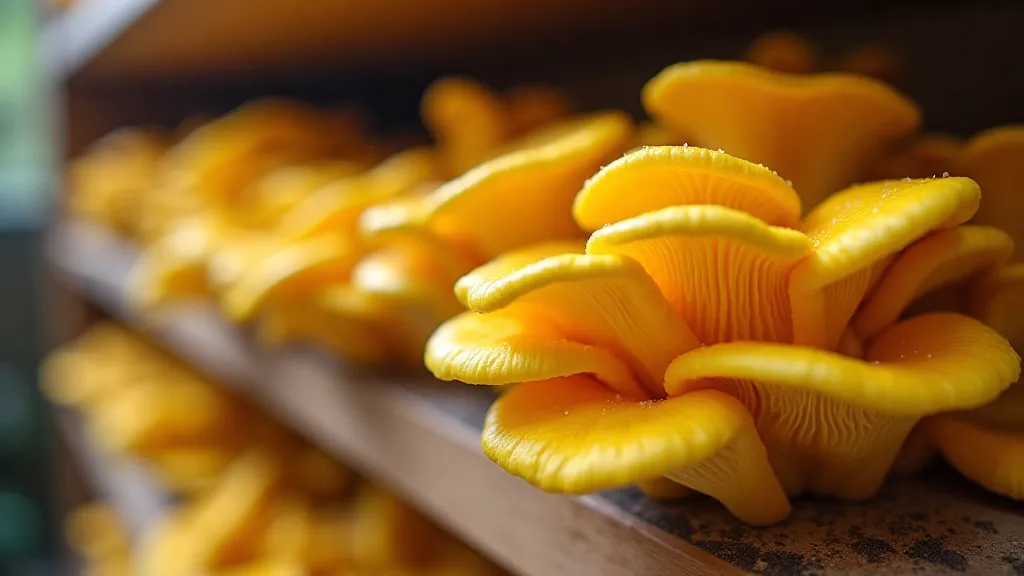
Yellow Oyster Mushroom Cultivation Tips:
- Temperature: 18-24°C (64-75°F).
- Substrate: Hardwood sawdust or supplemented sawdust mixes are recommended.
- Humidity: Consistent high humidity is essential.
- Light: Yellow oysters require adequate light exposure, but avoid direct sunlight.
General Considerations for Exotic Oyster Mushroom Cultivation
Regardless of the specific variety you choose, several principles apply to successfully growing these exotic oyster mushrooms:
- Cleanliness is Key: Maintain a clean workspace and follow sterile inoculation techniques to prevent contamination. This is paramount to avoiding mold and other undesirable organisms that can quickly ruin a grow.
- Substrate Preparation: Properly pasteurize or sterilize your substrate to eliminate competing organisms. The specifics of this process can vary depending on the substrate being used.
- Observation: Regularly observe your cultures for any signs of contamination or stress. Early detection of problems is critical for successful cultivation.
- Experimentation: Don't be afraid to experiment with different substrates and environmental conditions to find what works best for your setup. Record your results to refine your process.
- Troubleshooting Common Issues: Even with the best practices, issues can arise. Understanding common problems like aborts (prematurely stopped growth) and contamination is vital for any aspiring mushroom grower. Further reading on broader mushroom cultivation can be found in guides like Lion's Mane mushroom growing guide, which highlight essential techniques applicable across various species.
Beyond the specific growing conditions, there's an art to mushroom cultivation, a blend of science and intuition. It’s about understanding the organisms you’re working with and adapting to unexpected challenges. Cultivating Blue, Pink, and Yellow oyster mushrooms can be incredibly rewarding. With a little extra attention and care, you can enjoy the unique flavors and stunning visuals these exotic varieties bring to your home mushroom growing adventure! The satisfaction of harvesting your own gourmet mushrooms is a uniquely fulfilling experience.
